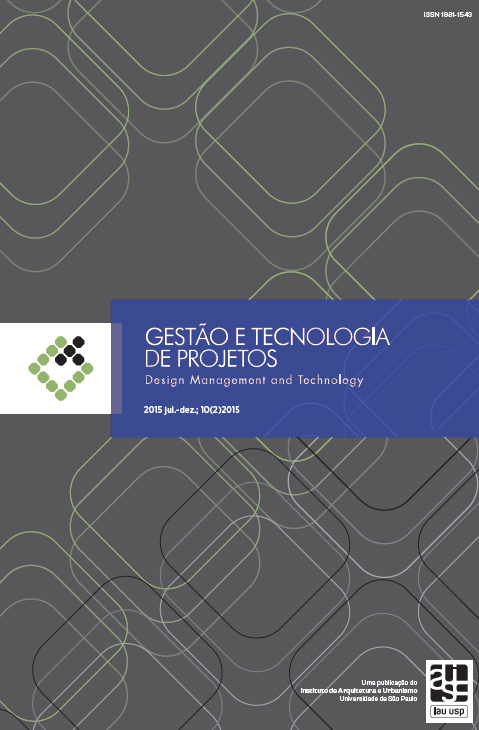CIM (City Information Modeling) use for the generation of site layouts for social housing complexes: a teaching experience
DOI:
https://doi.org/10.11606/gtp.v10i2.102564Keywords:
Parametric design, City Information Modeling, Low-income housingAbstract
The issue of housing and the paradigms related to human dwelling in the
contemporary world have been a recurrent topic in the 21st century architectural scenario;
therefore, it is necessary to understand them as fundamental elements in the structuring of
cities. This issue is even more relevant when we consider low-income housing and its impact
on the life quality of people and, therefore, of Brazilian cities. This paper presents part of
the results of a PhD research that used the Shape Grammar formalism and the parametric
modeling approach as methods for the generation of public spaces in low-income housing
developments in Brazil. The research assumed that these methods could contribute to the
generation of a broader number of design alternative solutions. Aiming to test the proposed
method, three workshops were offered to the University of Campinas Architecture and Urban
Design students. Each workshop focused on a different design scale: (1) urban design, (2) site
planning of the complex and (3) spatial relations between buildings and open spaces. In this
paper the results of the first workshop, titled Parametric Urban Design, are described.
Downloads
Downloads
Published
Issue
Section
License
Copyright Notice
Authors who publish in this journal agree to the following terms:
- Authors retain the copyright and grant the journal the right of first publication, with the article simultaneously licensed under the Creative Commons Attribution License BY NC ND, which allows the sharing of article with acknowledgment of authorship and initial publication in this journal.
- Authors are authorized to take additional contracts separately, for non-exclusive distribution of version of the article published in this journal (e.g. publish in institutional repository or as a book chapter), with acknowledgment of authorship and initial publication in this journal.
- Authors are allowed and encouraged to publish and distribute their research work online (e.g. in institutional repositories or on their personal page) at any point before or during the editorial process, as this can generate productive changes, as well as increase the impact and the citation of published article (See O Efeito do Acesso Livre).



